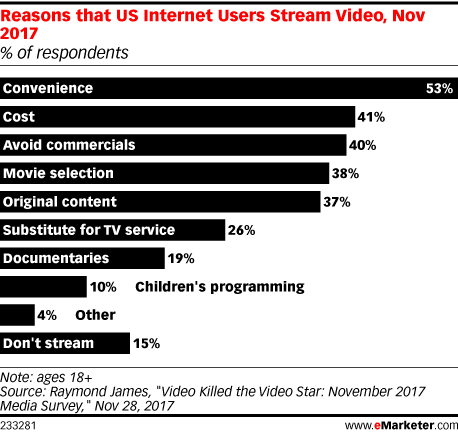Effects are subtle and the pace of change is slow
The first month of the new year is over, and you’re already nose deep in meeting those Q1 objectives. This eMarketer Report outlines our predictions for what will matter most to marketers in 2018, including social ad transparency, voice search, GDPR and more! Presented by Oracle Marketing Cloud.

